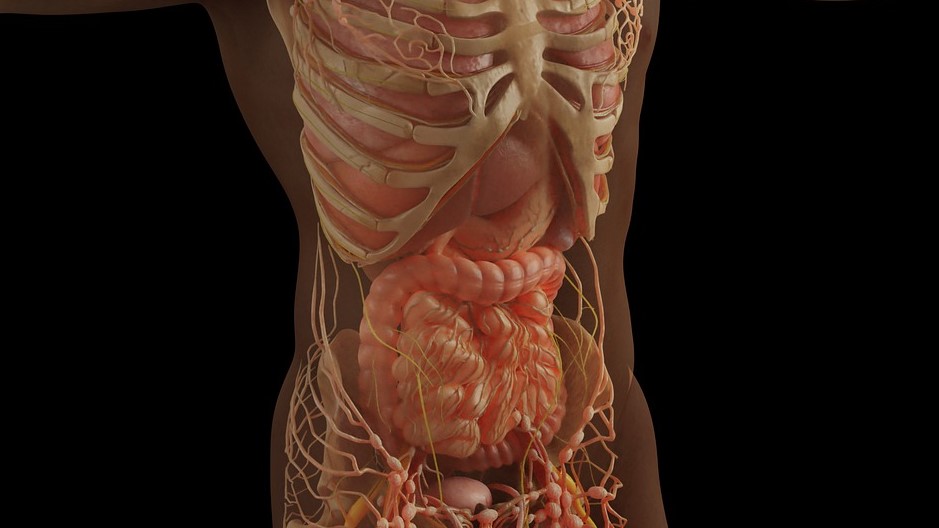Mediterranean Diet Might Boost Fertility

With an emphasis on fruits, vegetables and legumes, the Mediterranean diet has long been applauded for its multiple health benefits. Now, new research shows that it may also help overcome infertility, making it a non-intrusive and affordable strategy for couples trying to conceive.
Published in Anti-Inflammatory Diets in Fertility: An Evidence Review, the review found that the Mediterranean diet can improve fertility, assisted reproductive technology (ART) success, and sperm quality in men.
Specifically, researchers identified that the anti-inflammatory properties of a Mediterranean diet can improve couples’ chances of conception.
Infertility is a global health concern affecting 48 million couples and 186 million individuals worldwide.
UniSA researcher, Dr Evangeline Mantzioris, says modifying preconception nutrition is a non-invasive and potentially effective means for improving fertility outcomes.
“Deciding to have a baby is one of life’s biggest decisions, but if things don’t go as planned, it can be very stressful for both partners,” Dr Mantzioris says.
“Research shows inflammation can affect fertility for both men and women, affecting sperm quality, menstrual cycles, and implantation. So, in this study we wanted to see how a diet that reduces inflammation – such as the Mediterranean diet – might improve fertility outcomes.
“Encouragingly, we found consistent evidence that by adhering to an anti-inflammatory diet – one that includes lots of polyunsaturated or ‘healthy’ fats, flavonoids (such as leafy green vegetables), and a limited amount of red and processed meat – we can improve fertility.”
The Mediterranean diet is primarily plant-based, and includes whole grains, extra virgin olive oil, fruits, vegetables, beans and legumes, nuts, herbs, and spices. Yoghurt, cheese, and lean protein sources such as fish, chicken, or eggs; red and processed meats are only eaten in small amounts.
In comparison, a western diet comprises excessive saturated fats, refined carbohydrates, and animal proteins, making it energy-dense and lacking dietary fibre, vitamins, and minerals. Typically, a western diet is associated with higher levels of inflammation.
Source: University of South Australia





